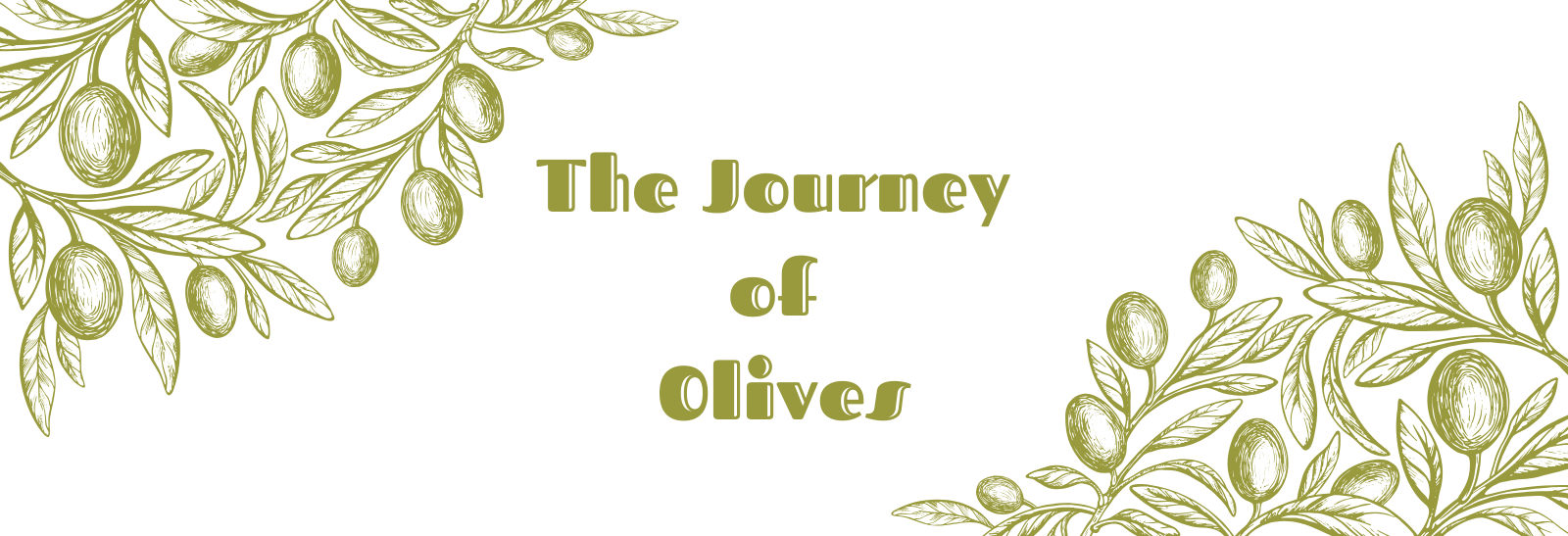The Journey of Olives

The olive tree is an extremely resilient tree that can survive for hundreds of years without any care. It is not demanding or picky. The most important factors for it are the soil structure and climatic conditions. Taking care of the olive tree enhances both its beauty and productivity. That’s why all our efforts are focused on this.
Maintenance
The basic tasks for maintaining the olive tree include plowing the olive grove, pruning the olive trees, enriching the soil of the olive grove by replenishing the missing minerals/substances, and combating pests.
Plowing the olive grove helps aerate the soil and removes harmful weeds. Since the roots of the olive tree do not go very deep and are closer to the surface, deep plowing of the soil is not recommended.
Pruning of olive trees is generally done after harvesting. However, the timing may vary depending on the region where the olive tree is located. Pruning should ideally be done after the risk of frost has passed but before the tree fully awakens, i.e., before water begins to flow through its branches. It is important to remove short shoots growing at the base of the olive tree, known as “suckers,” as they reduce the tree’s nutrient intake and can lead to decreased productivity.
Soil enrichment of the olive grove involves analyzing the soil of each olive grove to determine the missing minerals and then replenishing them. Deficient nutrients should be supplemented through fertilization methods.
Combatting pests, insects, or diseases harmful to olive trees is crucial for the productivity and health of the grove. Constant vigilance is required for garden owners to detect and intervene against such pests and diseases in a timely manner. Agricultural chambers provide regional announcements and guidance on the precautions to be taken and the interventions to be made in such matters.
For garden owners who care diligently for their groves throughout the year, the most beautiful time of the year is “harvest time.”
Harvest
The harvesting of olive fruits from olive trees is like a festival, albeit a festival that requires a lot of effort and attention, almost like a race against time.
The first important step is to determine when the harvest will take place. With the completion of fruit development towards the end of September, harvesting can begin from October onwards. Depending on the climatic conditions of the regions where the groves are located and the preferences of the garden owner, the harvest period can extend until the end of December or even January.
A garden owner who wants to harvest early can start when the color of the fruits turns from green to blackish, and when these colored fruits constitute around 10% of the tree. A garden owner opting for mature harvest can wait for all the fruits on the tree to turn black.
Harvesting olives by hand, by gently plucking the fruits from the branches without damaging the fruits or branches, is the preferred method. Wide sheets are spread beneath the tree being harvested to prevent the olives from touching the ground, as olives that come into contact with the soil will begin to decay quickly, reducing the quality of the resulting product. Harvesting is done by combing the olive tree branches, akin to combing a girl’s hair. Additionally, tools called shakers, which shake the branches of the olive tree without damaging them, causing matured olives to fall, are also used. These tools greatly expedite the harvesting process, as harvesting is a race against time.
The olives collected from the branches are filled into plastic crates in a way that allows them to breathe, but the crates are not filled too much to prevent the olives at the bottom from being crushed or damaged. These crates filled with olives are stored in the shade and covered, and then transported to the olive oil processing facility to minimize their exposure to sunlight and heat. Paying attention to these points during harvesting and subsequent processes will directly and positively affect the quality of the resulting product. It is crucial to deliver the harvested olives to the olive oil processing facility as quickly as possible, ideally on a daily basis.
Pressing
The process of extracting olive oil by pressing the olive fruit has been carried out almost identically for thousands of years, following the same procedural steps. Over time, the methods for performing these processes have diversified with advancing technology, from manual operations in the early days to utilizing animal power, then steam-powered machines, and later electric machines. However, the basic steps have always remained the same.
https://izmir.ktb.gov.tr/TR-210592/klazomenai-urla.html
https://zeytindostu.org.tr/zeytinyagi/zeytinyagi-teknolojisi
